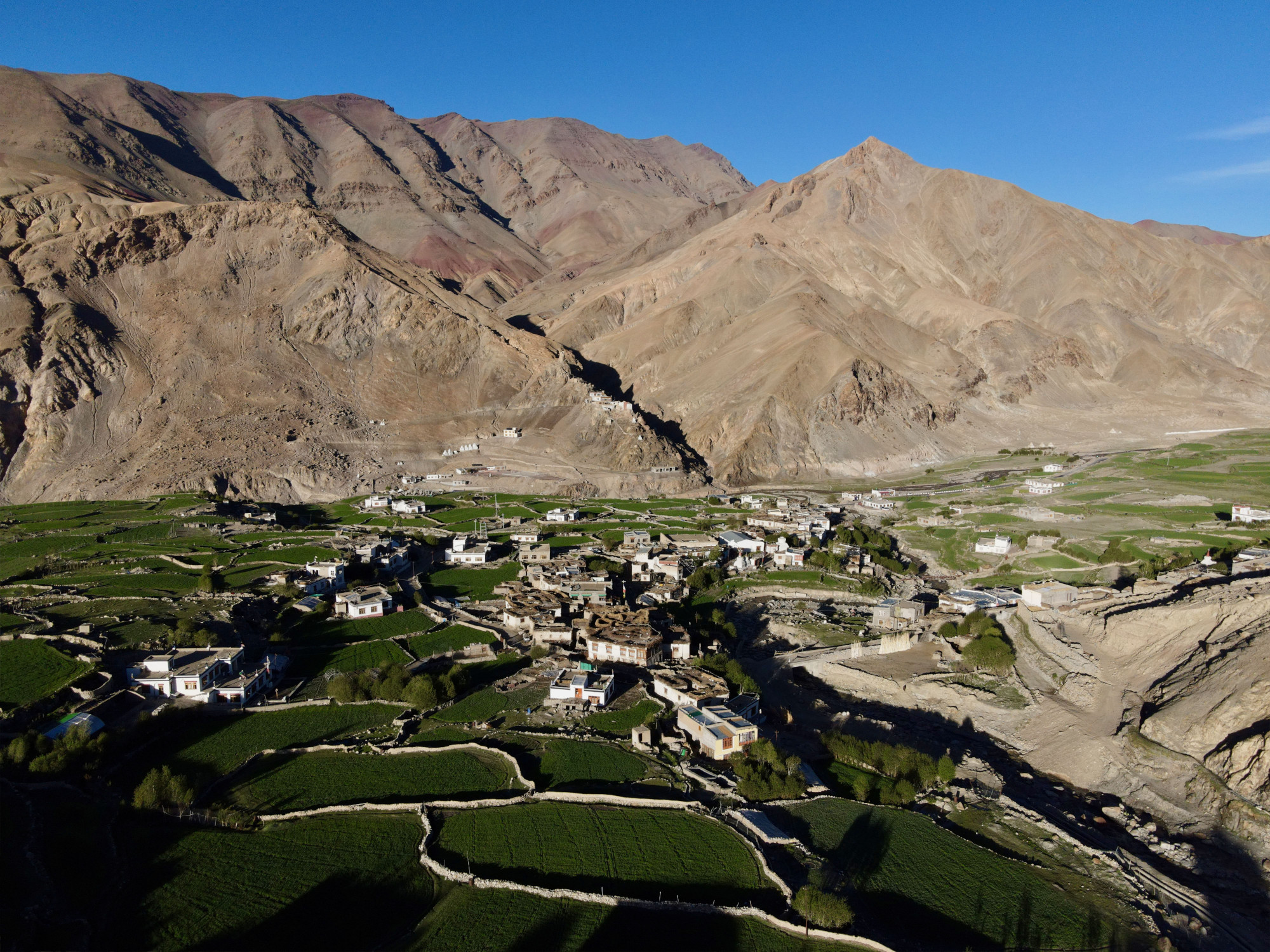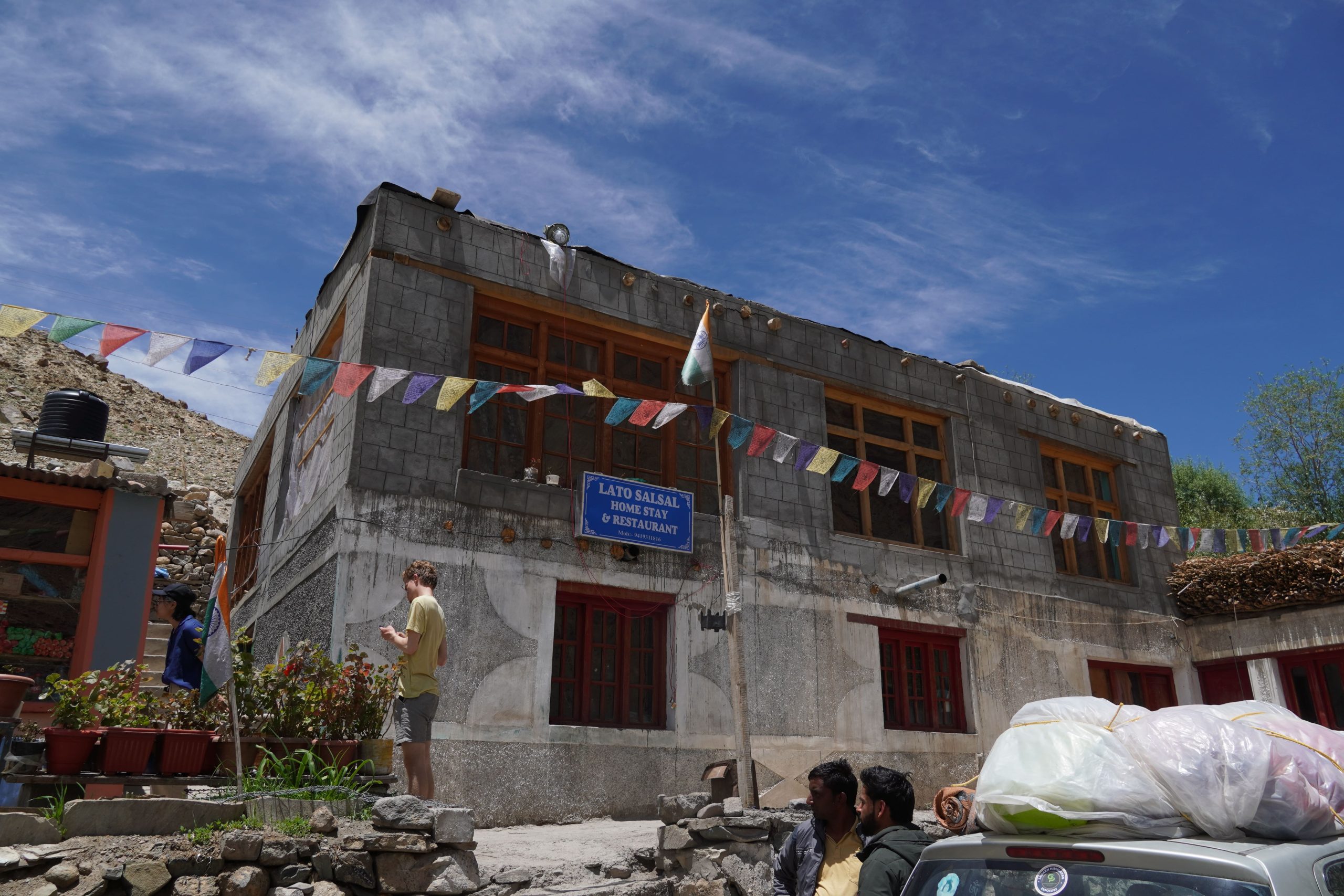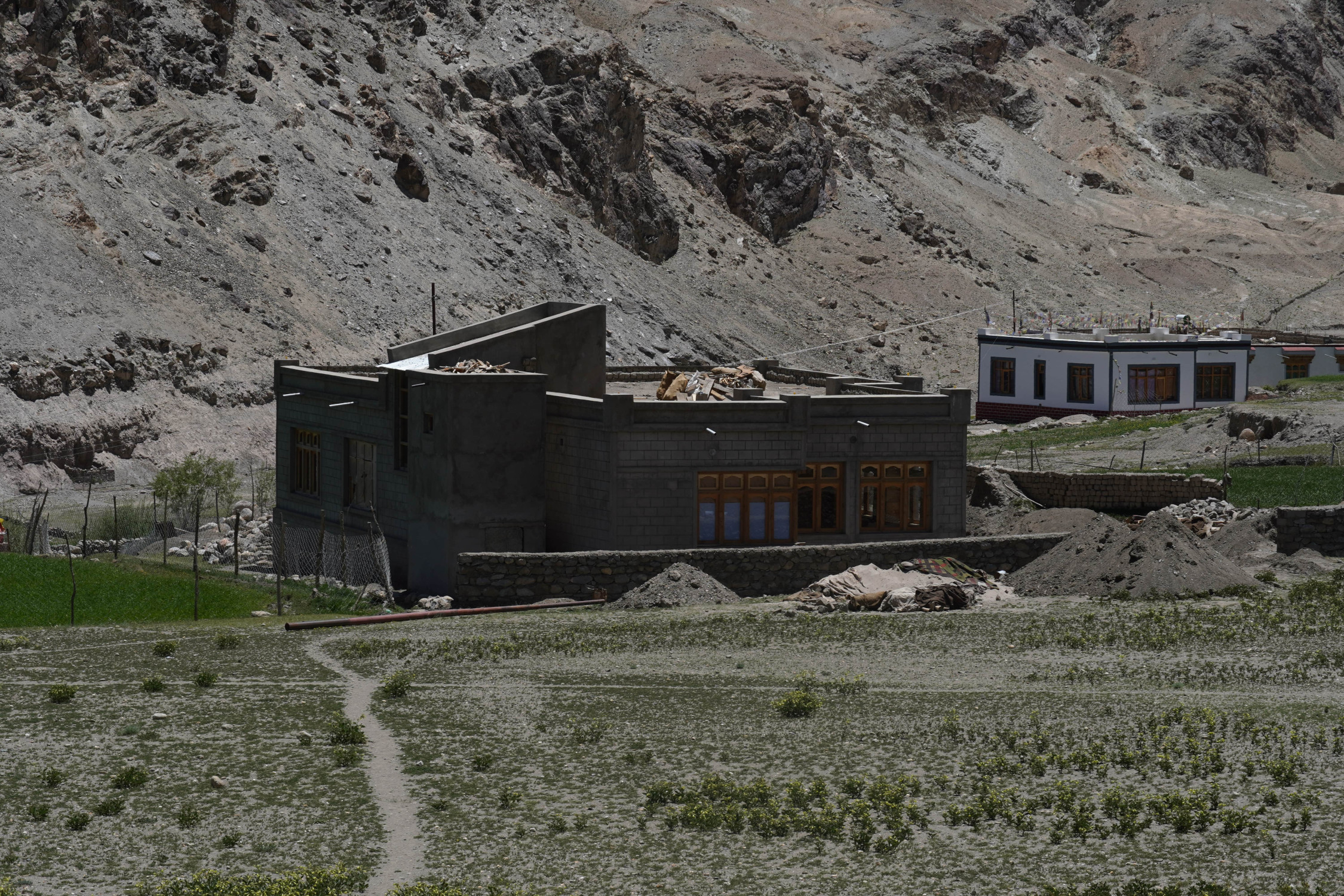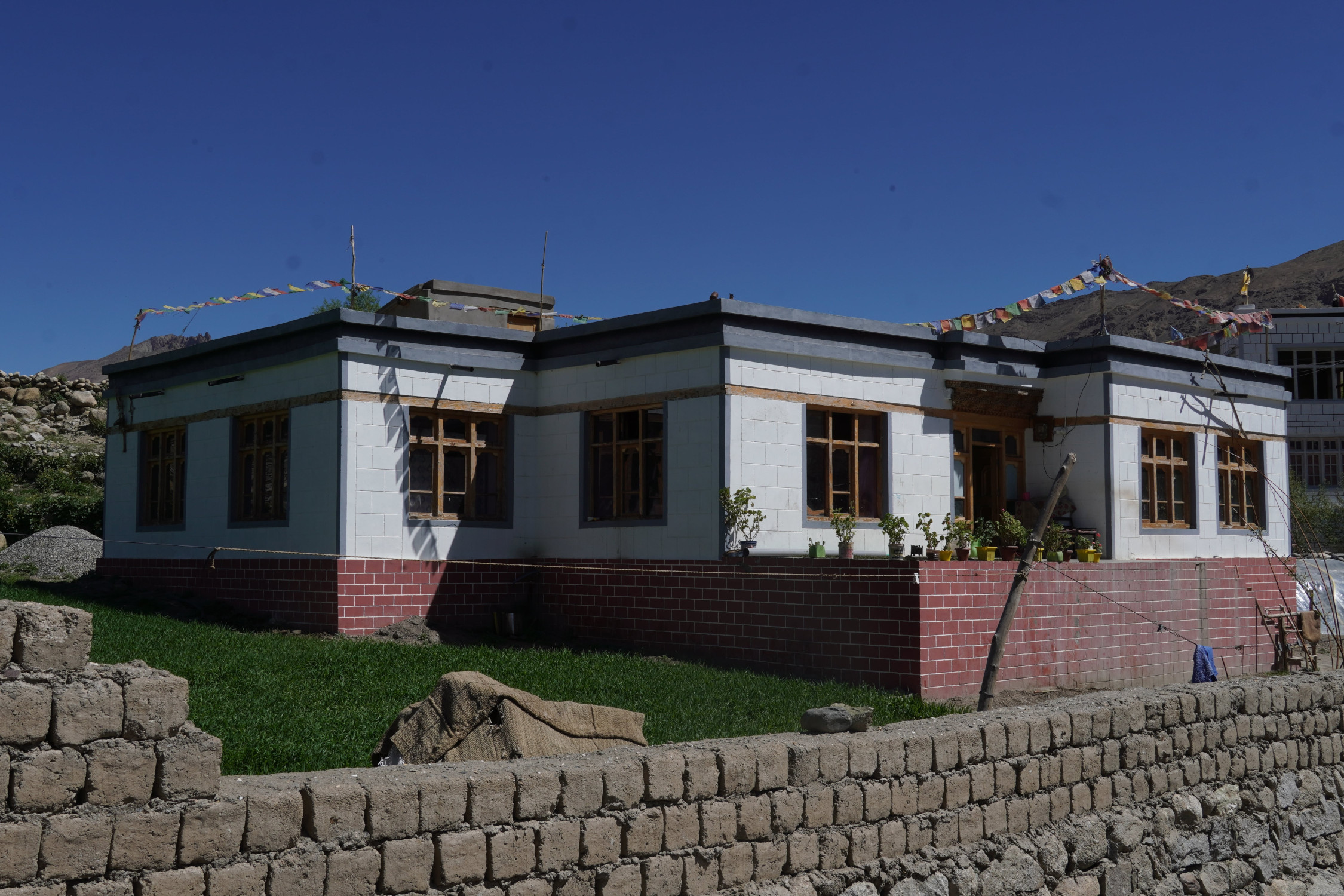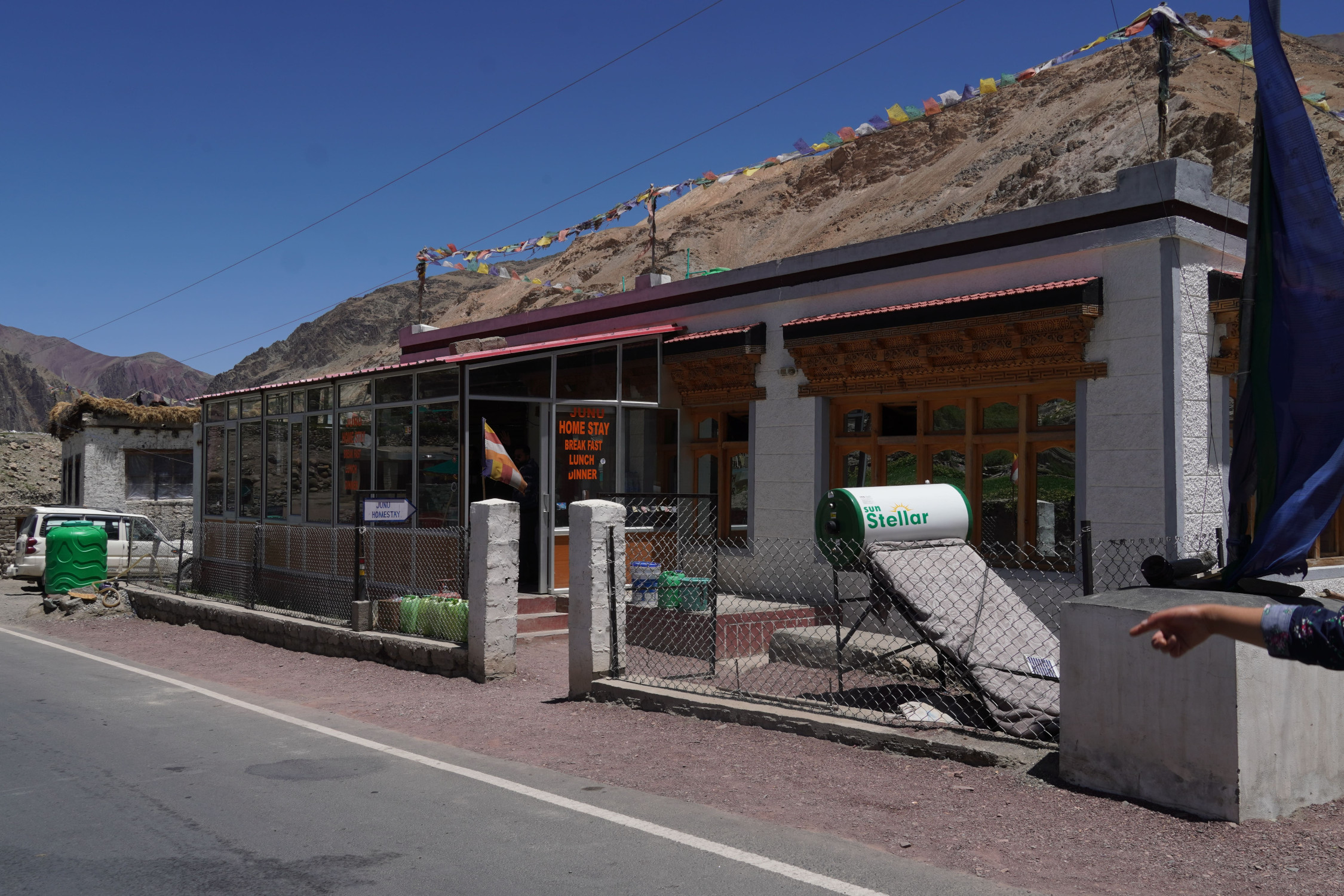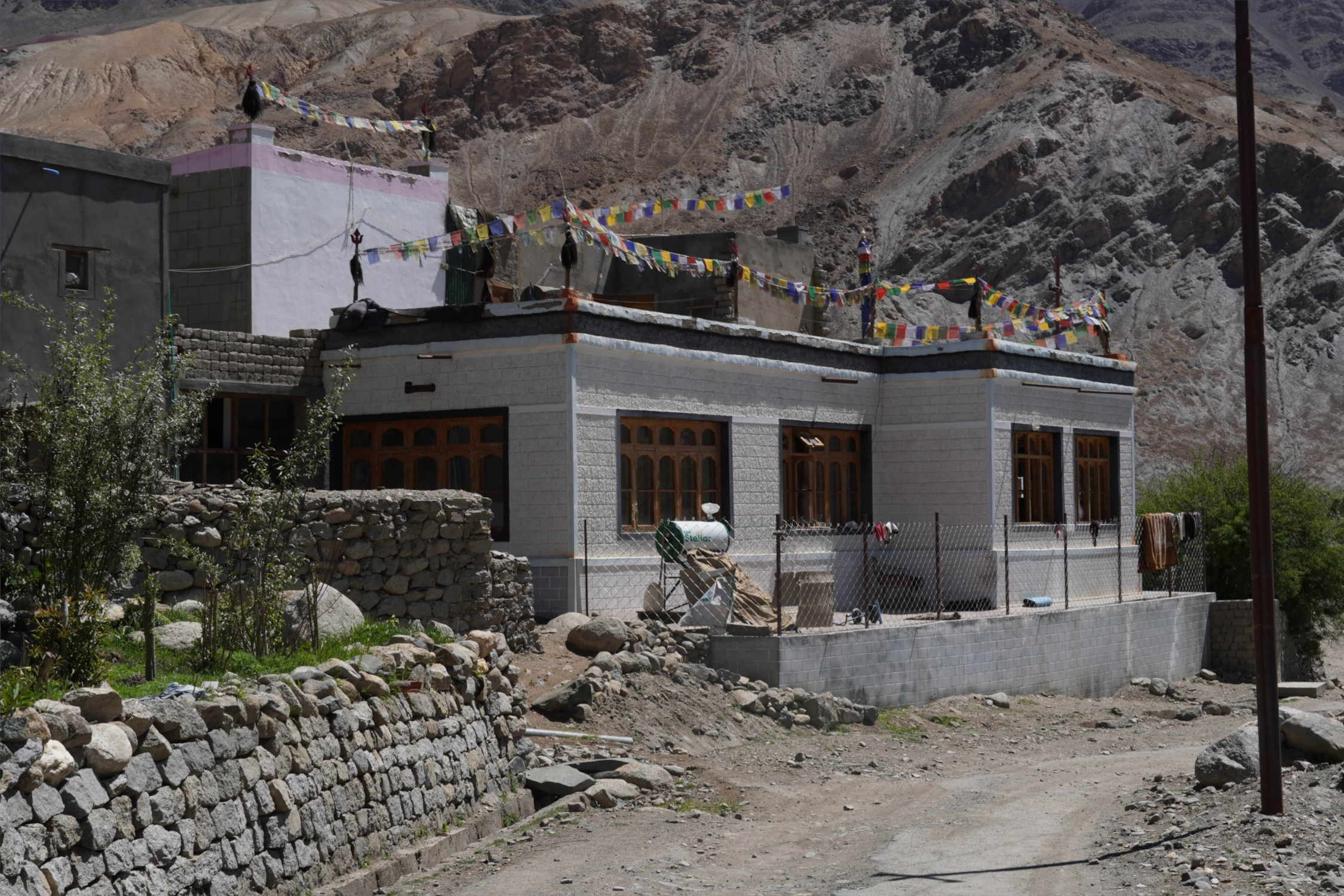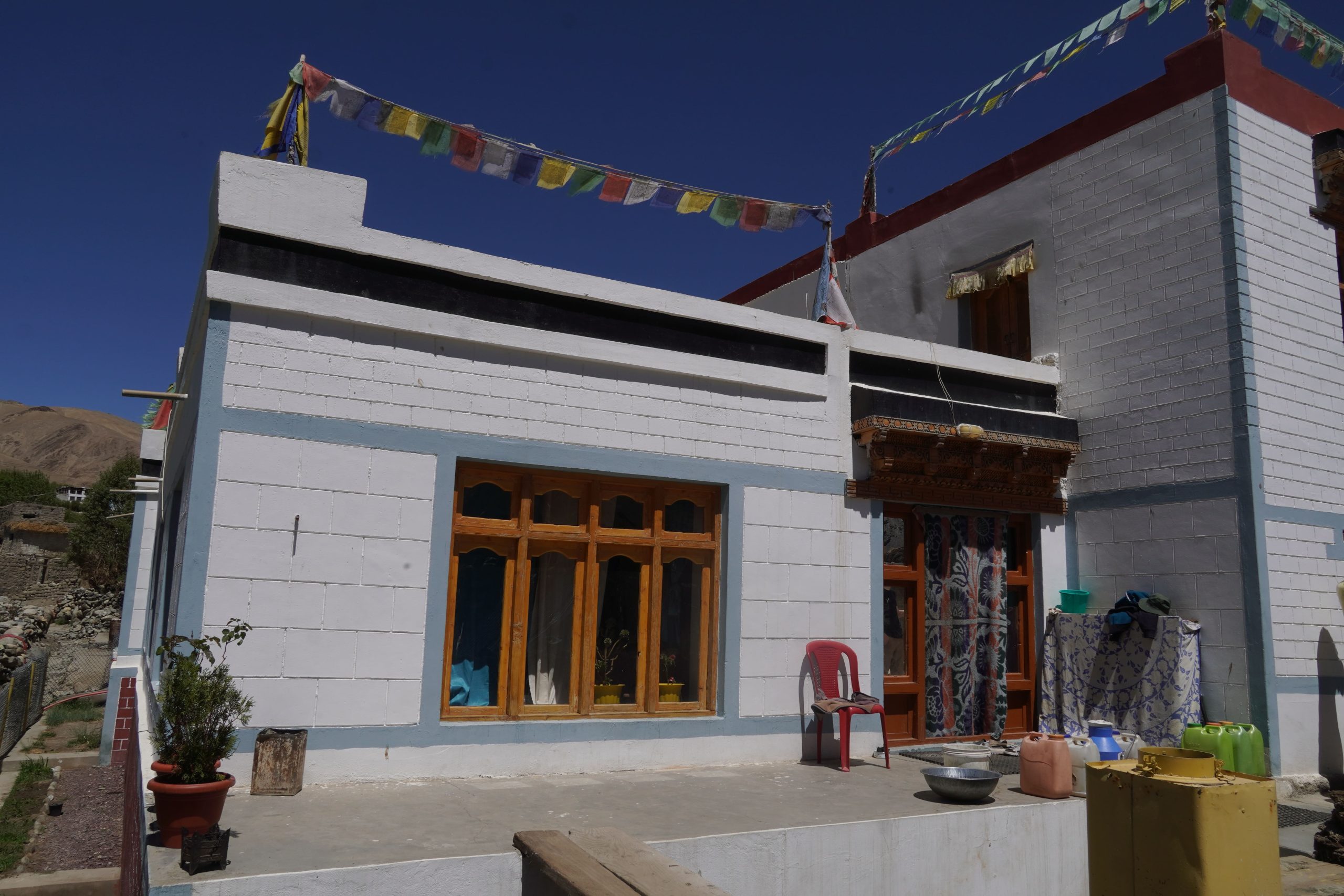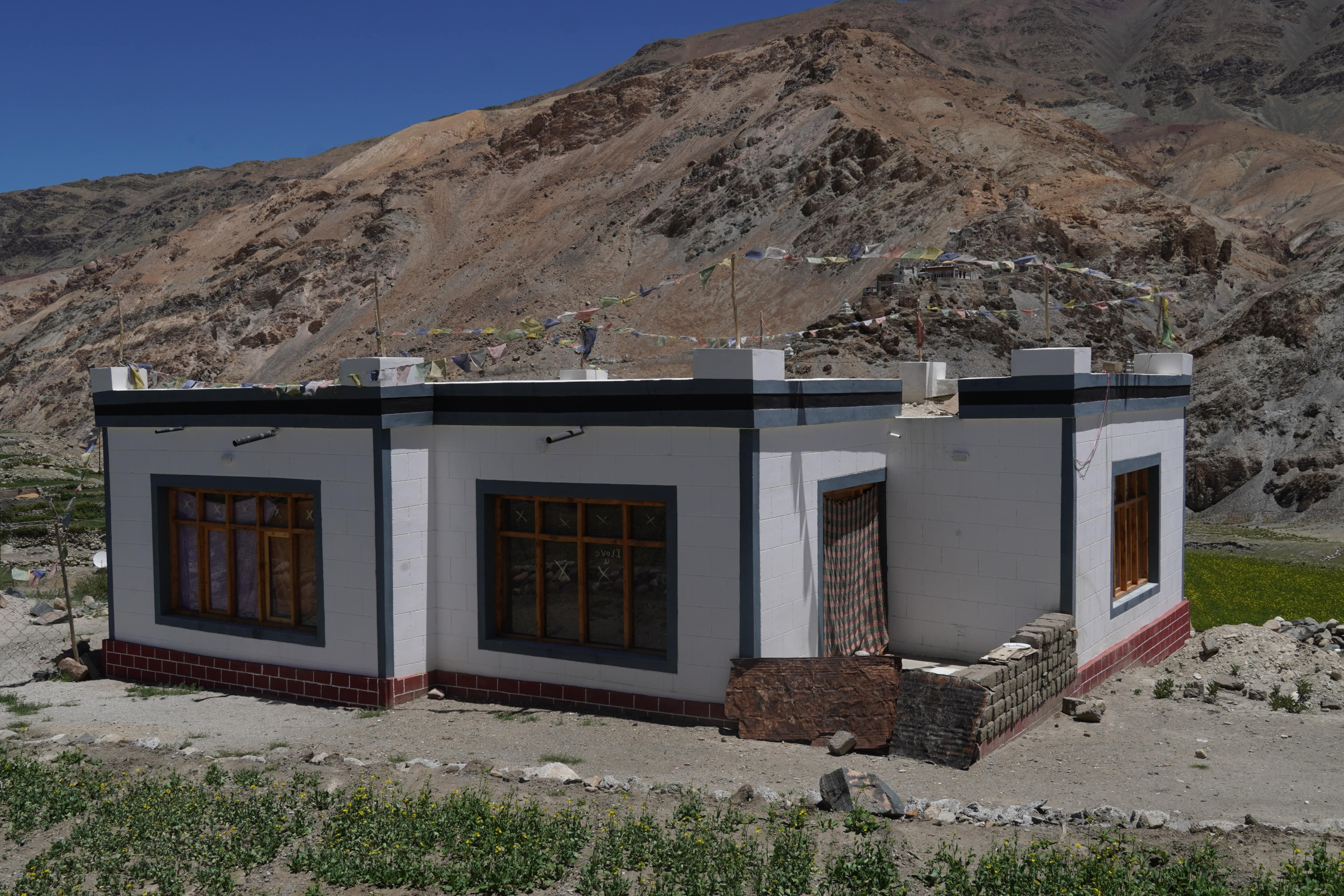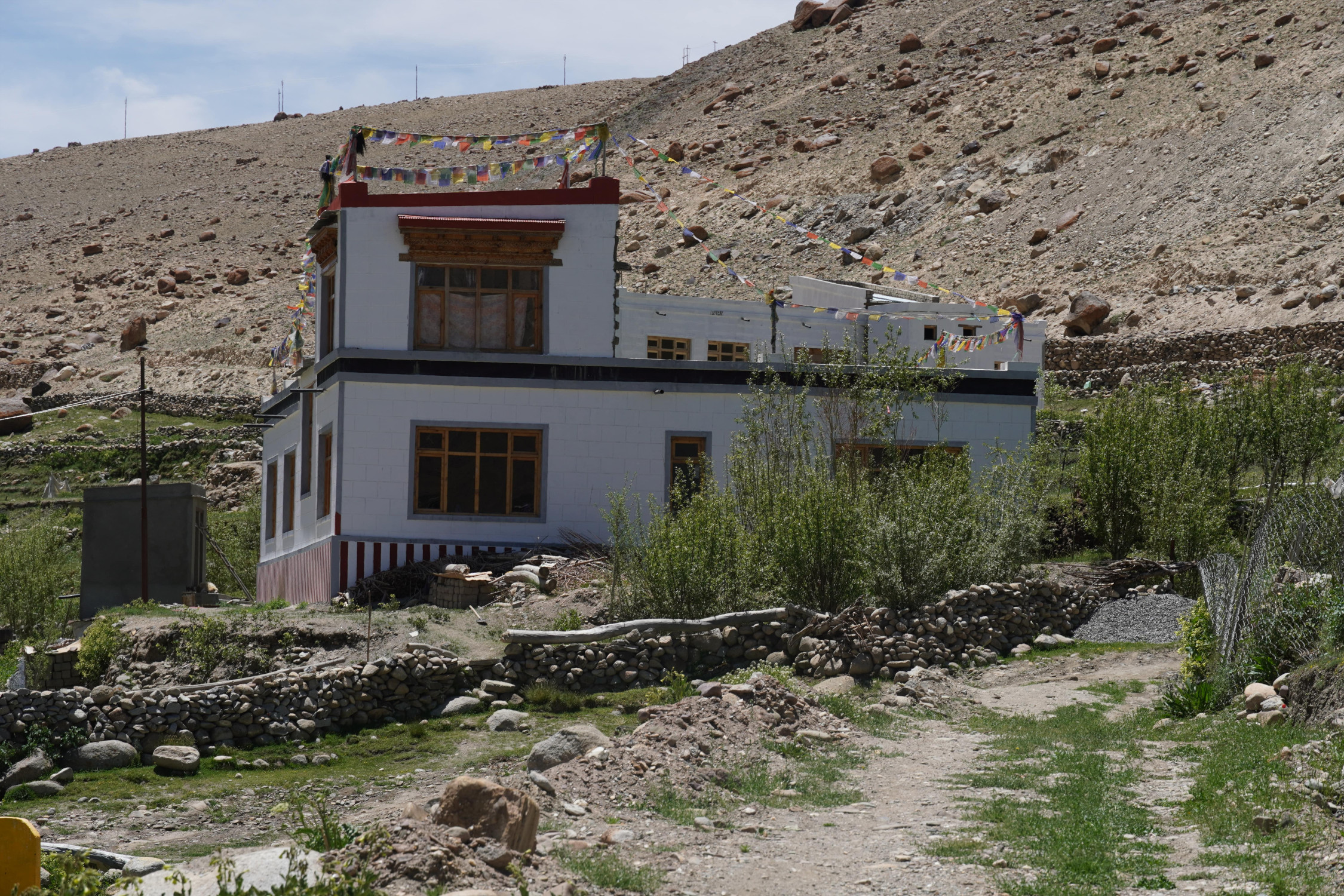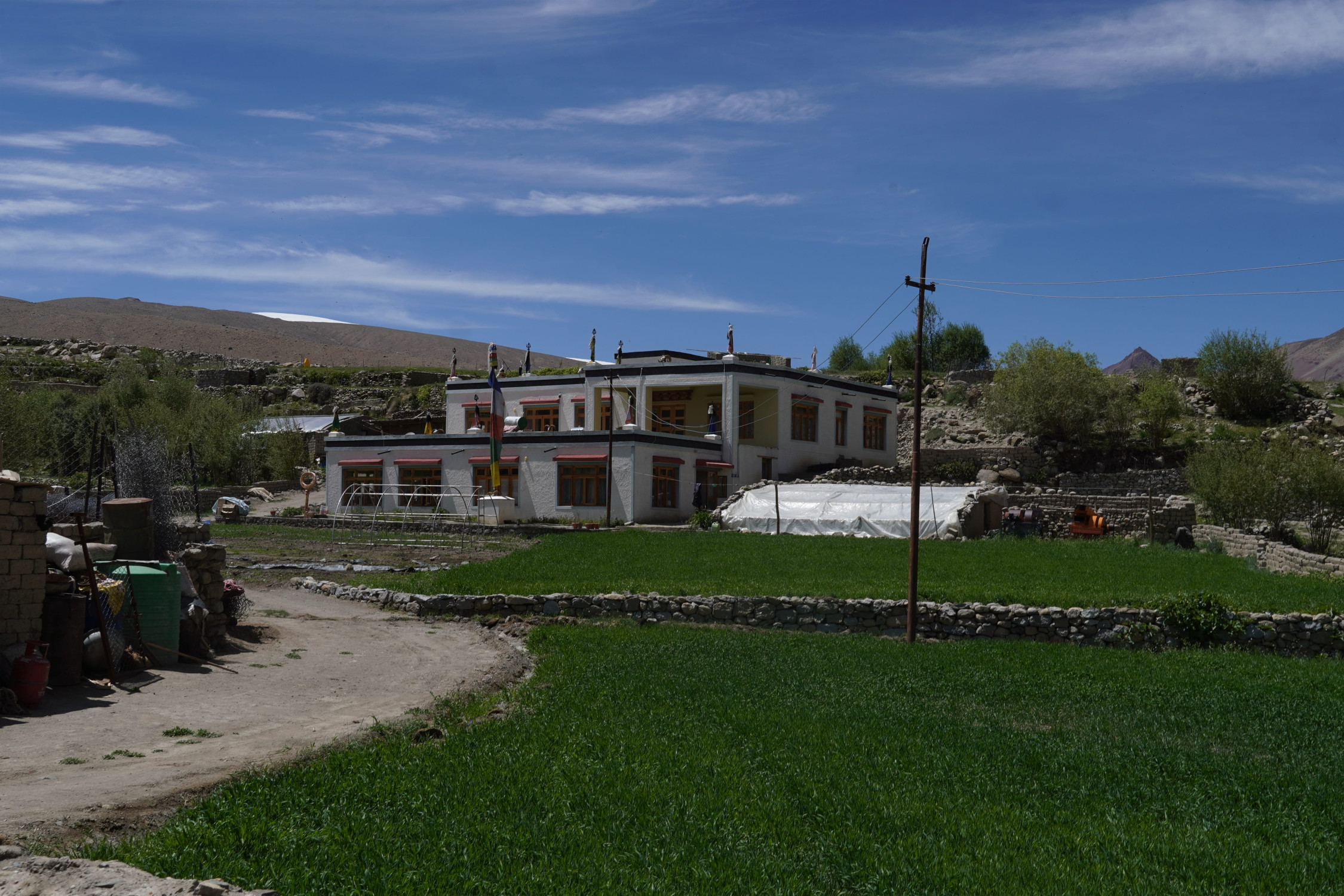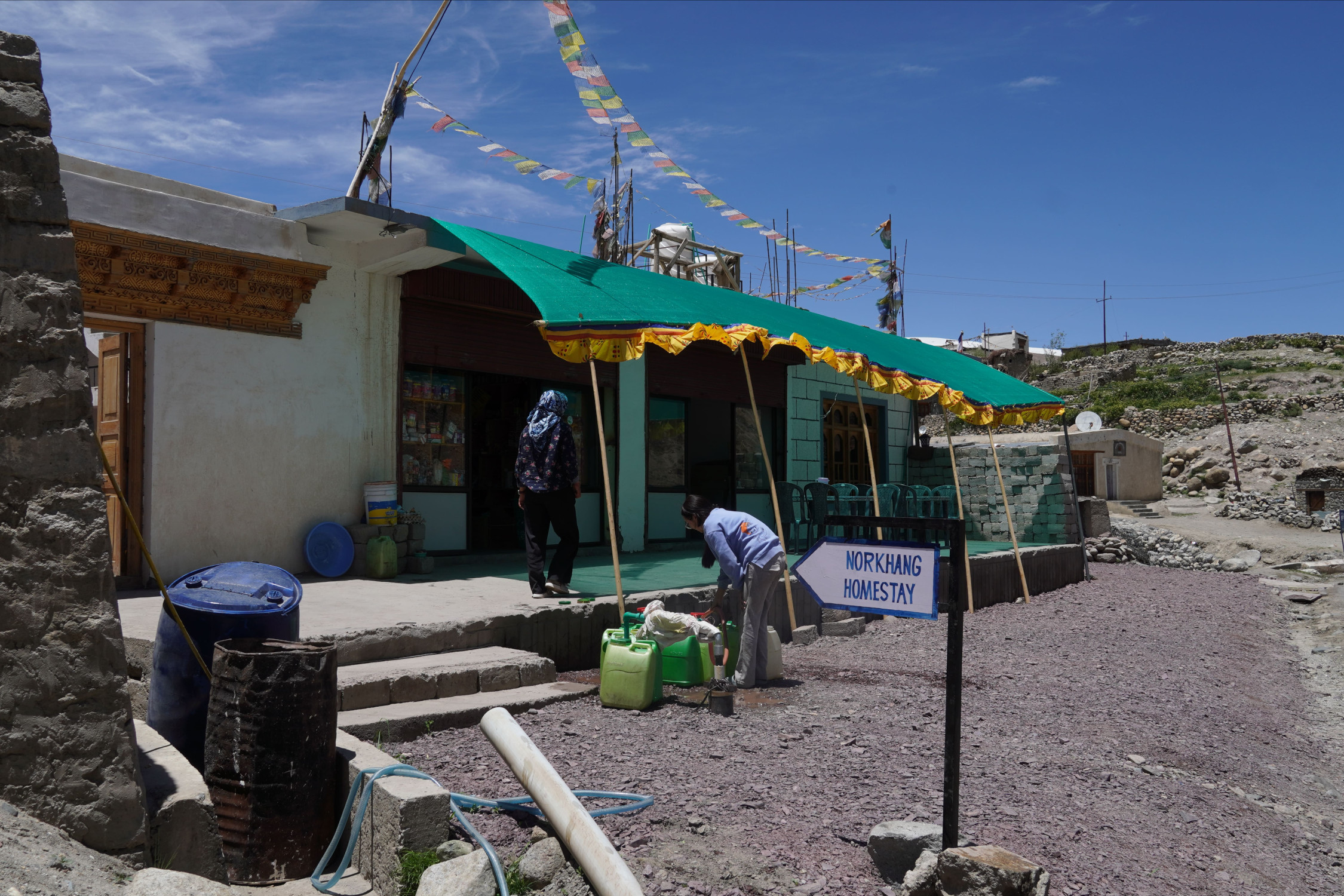Gya
Crossroads of history and tradition
Would you like to experience the beauty of a Ladakhi village nestled in a glacier stream delta? Are you looking forward to witnessing traditional agricultural practices adapted to Ladakh’s environment? Have you watched the documentary “The shepherdess of the glaciers” about the struggles and determination of an isolated life up in the mountains, produced in Gya by an esteemed local filmmaker native to the village? Can you imagine strolling through gentle fields and walking alongside paths dotted with various stupas? Are you intrigued by the layers of Ladakhi history unfolding with Gya being the seat of the first indigenous government in the 10th century and featuring an array of traditional items displayed in an authentic house turned museum?
Gya is surrounded by mountains of various shape and size. There are darker rugged mountains in the North, dominating mountains in the East, an unobstructed view towards Manali facing South and plains and valleys leading up to the glacier irrigating Gya from the West. The agriculture in Gya follows the traditional model with terrace cultivation and the irrigation system of Yura, meaning the coordinated distribution of glacier water to the fields through dedicated canals. You can therefore observe the elaborate strategies locals employ to cope with limited water and short agricultural seasons.
Gya lies on the Leh-Manali highway about 70 km away from Leh and is predestined to serve as a stop when travelling in between, especially for motorbikers after having crossed Taglang Pass at 5330 meters on their journey northwards.
Moreover, Gya can also be used to venture further to Tso Kar lake, a rare natural phenomenon of a fluctuating salt lake.
